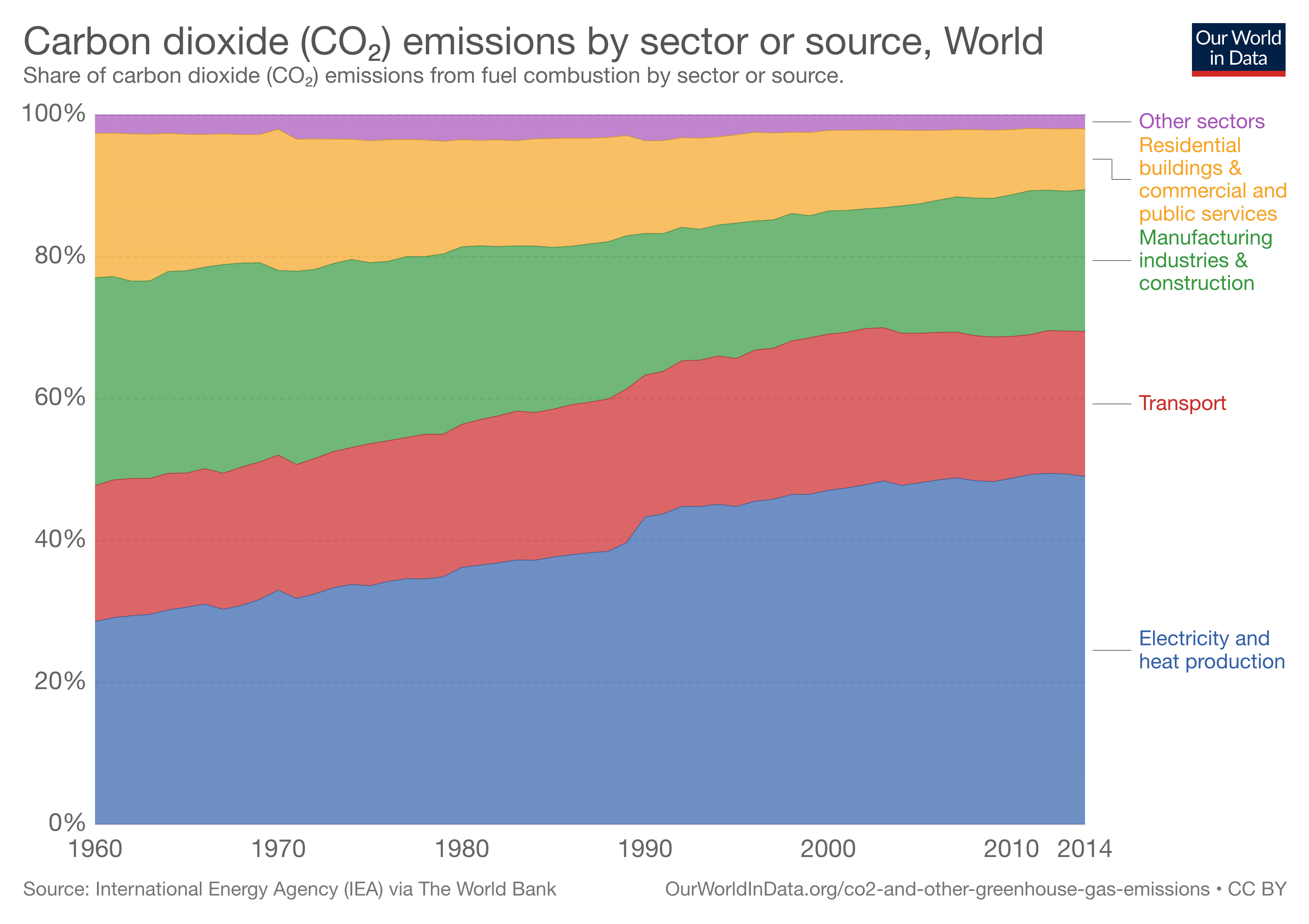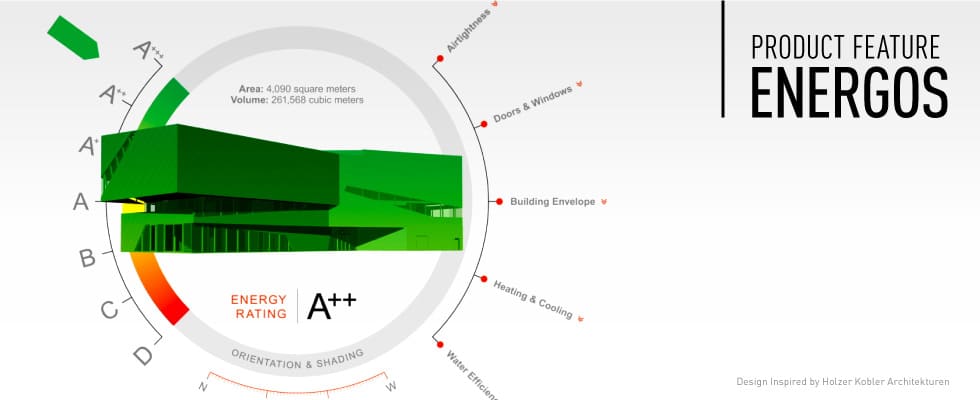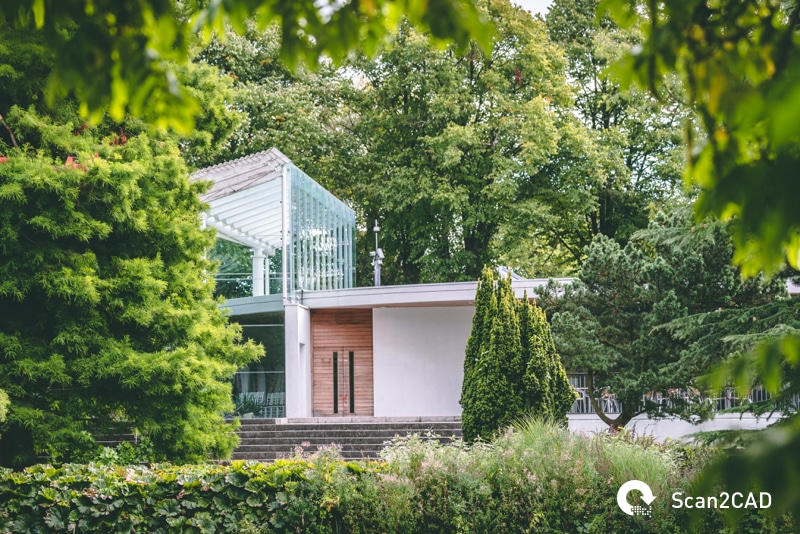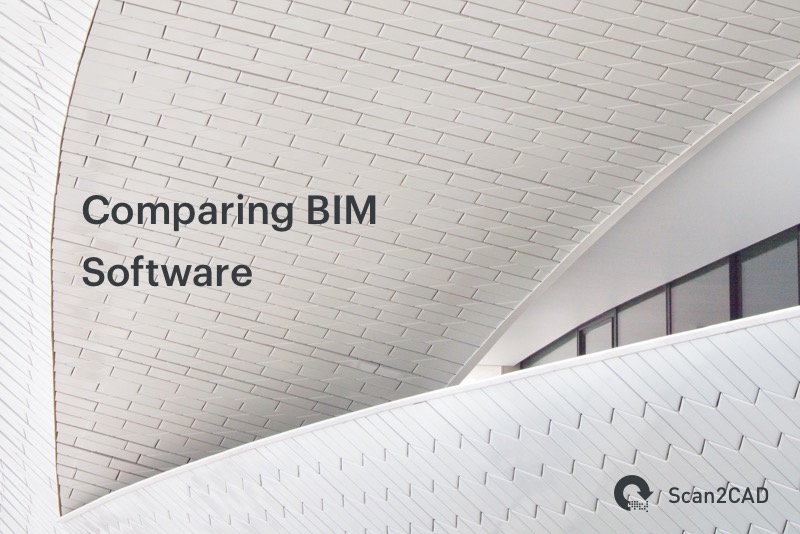Sustainable design deals with the philosophy of having built and designed objects, buildings, environments and services that conforms with the many principles of ecological sustainability. This includes maintaining change in a homeostatic environment where the use of resources, inclination of investments, and the direction of development are balanced and meet the current and future needs of humanity. Simply put, sustainable design represents development that not only meets the needs of the present but does so without compromising the ability of future generations to meet their own needs. Ways to approach sustainable design include utilizing sustainable chemical engineering, responsible resource management, and holistic environmental protection.
Decisions that relate to design and sustainability happen everywhere daily, and these decisions impact sustainable development and provisioning for the needs of future generations.
Table of Contents
Sustainable Design Principles
Some common sustainable design principles are as follows:
- Choosing Low-Impact Materials: Materiality is a big factor in sustainable design and choosing the right material to use is integral in responsible design. Using low-impact materials means choosing materials that are non-toxic, sourced sustainably, and preferably getting recycled materials.
- Efficient Energy Use: In the sourcing, processing, and transport of the products required for sustainable design, you have to take into consideration the efficient and minimal use of energy.
- Emotional Durability in Design: Using design, aim to reduce the amount of waste and excess by strengthening the relationships between people and designed products.
- Aim for Reuse and Recycling: Having a commercial product “afterlife” should be something to aim for when managing products, systems, and production processes.
- Durability as a Goal: Be mindful about aiming for a durable, long-lasting design and not aim for the unattainable goal of immortality.
- Design Simplicity: For products and designs with multiple components, material diversity should be at a minimum. Fewer parts mean less disassembly and greater retention of the product’s value.
- Renewable Sources of Materials: The three factors that determine whether the source of the material is sustainable are its location and vicinity to its intended delivery area, the materials’ compostable properties, and the manageability of the source of the materials.
- Robust Pollution Sources: With inevitable sources of potential pollution, design measures should be done to make them robust and manageable.
The Rising Trend of Sustainable Design
For the longest time, architectural practices have regarded eco-friendly design and sustainability as concepts that are preferred to be part of a design, but not something entirely mandatory. Nowadays, designers would be remiss in not making their works sustainable. Clients are demanding designers and engineers to utilize sustainable design concepts to contribute to global eco-friendly building goals. The Architecture 2030 Challenge, whose main mission is to transform the built environment from one of the largest contributors of greenhouse gas emissions to an industry that serves as a core solution to mitigating and resolving the climate crisis, is a good example of a good source of design building goals. This is especially relevant considering that buildings account for about one-third of greenhouse gas emissions around the globe.

The division of sources which produce carbon dioxide emissions. (Source)
Governments have been stricter about implementing new standards and practices to curb this. In Europe for example, there is the Energy Performance Building Directive that states that all new construction should close to having net-zero energy output by the year 2020. In the United States, we have the Conference of Mayors unanimously supporting and standing behind the Architecture 2030 Challenge. Even China, with its national climate in a critical state, requires all new buildings that would be constructed by 2020 to be eligible for green building status.
With the global movement of governments steadily giving more support to green design and building, private sectors have moved to exercise more sustainable practices in design and construction. By the end of the year, the sustainable building industry is expected to grow to over $200 billion, with green and sustainable design giving more business value to design, construction, and architecture firms.
Programs for sustainable design
1. ArchiCAD’s EcoDesigner STAR
Graphisoft has developed an extension for ArchiCAD that provides a fully integrated workflow that prioritizes a BIM model’s sustainability and green design rating – ArchiCAD’s EcoDesigner STAR. With this extension, ArchiCAD users can use the program’s already extensive and efficient building energy modeling features to their full potential and even further augment them to help aid in the design process.
The way EcoDesigner STAR works is by taking ArchiCAD BIM Models, dividing them into Building Energy Models with different thermal zones, and producing building designs with maximized energy efficiency. Architects, designers, and engineers can now experience the advantages of having top-of-the-line energy performance simulations for their buildings and designs without having to use a third-party program and exiting ArchiCAD.
EcoDesigner STAR has a sophisticated simulation engine that complies to all major sustainability standards and high-level documentation capabilities for energy models. The extension also has sophisticated BEM export capabilities that are conducive to seamless collaboration workflows third-party green building consultants and experts as well as easy exports of simulation data from the users’ ArchiCAD models to standard green building code compliance regulatory boards.
2. Revit and Insight
With Autodesk’s Revit being the more widely used BIM programs for large development firms around the globe, the company would be remiss in not adding to the program green building and sustainable design features. Revit has an integrated plug-in called Insight that takes Revit’s data from its energy analysis capabilities and couples it with standard sustainability goals to assess a design’s building performance. Here are some key ways Revit can help designers achieve their sustainable design goals:
a. Integrated and Collaborative Design through BIM
Building Information Modeling is recognized by the industry as a boon when it comes to increasing design and construction efficiency. Many innovations with architectural and engineering workflows in the past few decades were directly due to the advent of BIM. With Revit being a top-tier BIM program, it has its own integrated energy analysis capabilities. This makes it easier for Revit users to simulate and fine-tune the energy performance of proposed builds, with this being possible from the start of the design process and early conceptual designs to the production of detailed construction drawings. Additionally, BIM programs like Revit have collaborative features, with team-based design and production being a standard in large-scale architectural practices. And with cloud-based platforms being introduced to Revit, collaboration is only bound to get even better and more efficient. Of course, this carries over to collaborating with green building and sustainable design experts and consultants.
b. Real-time Feedback
The Insight plug-in for Revit can provide users with real-time and intuitive feedback with regards to a design’s sustainability rating. The plug-in gives intuitive and data-driven visualizations and simulations of not only a building’s immediate sustainability performance but also a thorough breakdown of its impact on the environment throughout its whole lifecycle. This allows users to test out different design variables and see how these changes affect the performance of the building in real time.
c. Daylighting Analysis
Revit can actively analyze and simulate daylighting metrics, like spatial autonomy of parts of the model from sunlight and annual exposure to sunlight. Lighting options will be more clear and straight-forward with this accurate analysis of daylighting principles. With proper daylighting being integral in passive and sustainably regulating building temperature and workable lighting conditions, this type of feature is important.
d. Heating and Cooling
Users can opt to automatically generate tabulated reports on a design’s heating and cooling loads using the Insight plug-in to pinpoint problem spaces that would be susceptible to drastic temperature loads. One could use the program to analyze and explain how much energy will be needed to maintain maximum thermal comfort in the building.
e. Solar Radiation Analysis
Revit has intuitive ways of calculating the amount of solar radiation that would be incident to a surface of the model based on the sun path, analyzing PV potential, and in general, show the impact that the sun would have on a building site. This lets users improve building performance by utilizing appropriate energy offsets to counteract or supplement sun exposure. You could use this aspect of Revit to plan out the best locations for solar panels.
3. Vectorworks

Vectorworks Architect also has an integrated component that deals with intuitive energy analysis called Energos. The program can display both detailed graphical and numerical data on a design’s sustainability that employs the Passivhaus calculation method. Even those new to green design and sustainable architecture will have an easy time evaluating the energy performance of a building with Energos. Designers can now use the real-time feedback of the program to make key design decisions early on in the process and can continue to do so as the design takes shape.
Energy efficiency analysis in Vectorworks Architect can be done seamlessly when the building elements in the model are composed mainly of standard architectural components such as slabs, roofs, walls, doors, and windows. These components themselves already contain built-in energy data. Additionally, users have to input other integral information such as climate information, locational values, and sun paths.
Sustainability Moving Forward
Reading through this article means you’re taking the first step to integrating sustainability and green design into your workflow. Nowadays, it’s turning into a necessity with the threats of climate change, pollution, and negative social impacts of developments. With the help of the right programs, the right attitude towards design, and the hope of a better-built environment for the next generations, sustainability in design and architecture can become a major step in creating a brighter future for us all.



